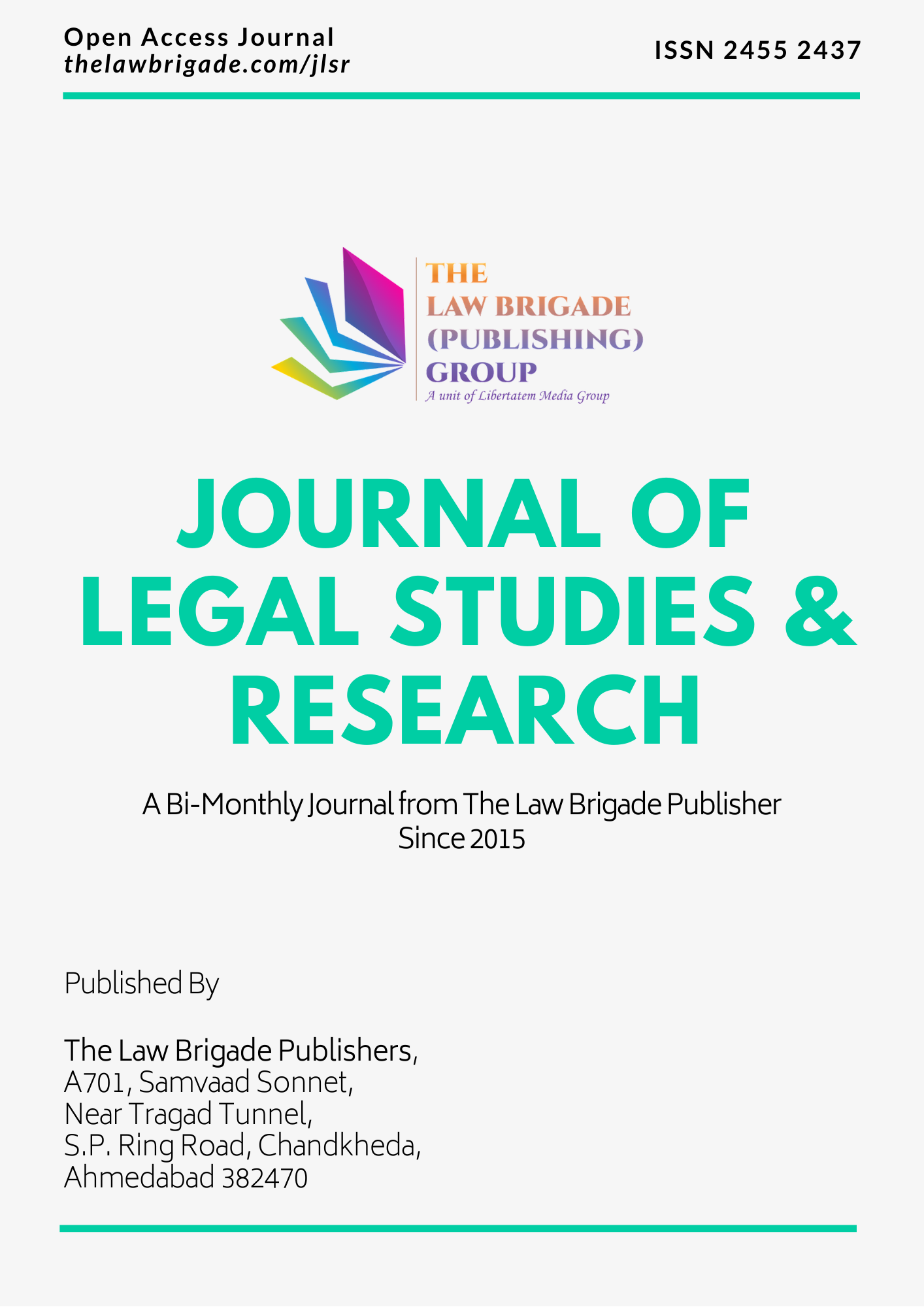Following independence, India created and implemented policies that included “Command and Control” laws, rules, regulations, and executive directives. In order to tackle the increasing complexity of the production and distribution system, greater levels of sophistication in selling and marketing, advertising and promotional practices, and increased mobility of consumers and sellers. The main issue occurs when the impacts of such rivalry become intangible and difficult to quantify.
To tackle these problems the enactment of competition law is the best suitable recourse. Taking into consideration the consumer needs and imbalances faced by them in economic terms, education levels, and bargaining power there are various guidelines that have been made in furtherance of consumer protection. Such guidelines were formulated and expanded to include ‘sustainable consumption’ as an important subject matter. These guidelines have been helpful in setting up an internationally accepted set of objectives particularly for developing countries in order to help them identify priorities and hence structure their consumer protection policies and legislation. The first competition law of India, the Monopolies and Restrictive Trade Practice Act (MRTP Act), was introduced in 1969 following the recommendations of the Monopolies Inquiry Committee (MIC) and sought to provide structural solutions in its effort to eliminate monopolies conduct, as it suspected that size above a threshold would adversely affect competition. This was reflected in the law. A High Power Expert Committee (Sachar Committee) was formed in 1984 to investigate and report on the required improvements to the MRTP Act, of 1969, in order to make it more effective. The Raghavan committee Report, 2000 has rightly stated the interrelationship between consumers and the MRTP Act vis-a-vis Indian Competition laws.
The Sachar Commission noted the small number of references to monopolies and Restrictive Trade Practices Commission (MRTPC) under the Manipulation Regulations monopolistic business practices and recommended that certain types of cases be forcibly returned to the MRTPC, which could issue final orders in such cases. However, the administration refused to accept this. The Sachar Committee attempted to include unfair trade Practices such as misleading and disparaging advertising are enshrined in applicable law convinced that consumers would not be protected against such practices. The committee proposed the introduction of the concept of presumed illegality in various specific commercial practices.
The United Nations had passed a resolution indicating certain guidelines under which the government could make laws for better protection of the interest of consumers. Such laws were more necessary in the developing countries to protect the consumers from hazards to their health and safety and make them available speedier and cheaper redress. Consumerism has been a movement in which traders and consumers find each other as adversaries. Till the last two decades in many develop and developing countries powerful consumer organizations have come into existence and such organizations have been instrumental in dealing with consumer protection laws and in expansion of the horizon of such laws. In our country, the legislation is of recent origin and its efficacy has not been critically evaluated which has to be done on the basis of experience.
Until the late 1970s, there was no structured effort in place to safeguard the interests of consumers. In today’s consumer-friendly climate, it is widely considered that a country’s degree of consumer awareness and protection on its territory is a real reflection of its growth and progressiveness. The elements that have contributed to a rise in the demand for consumer protection are several. The MRTP Act was one such case where not only such a command and control economy was based but also one of the terms of reference for the committee n competition policy to examine the jurisdiction of the MRTP Commission under the MRTP Act, 1969 and Consumer Courts under the Consumer Protection Act, 1986 and recommend majors for ensuring clear demarcation between them and for avoiding any overlap. However, there were widespread economic reforms undertaken and consequently, the journey from a ‘Command and Control’ economy to an economy based more on free market principles commenced its stride has been seen in the amendment made in the MRTP Act in 1991.





